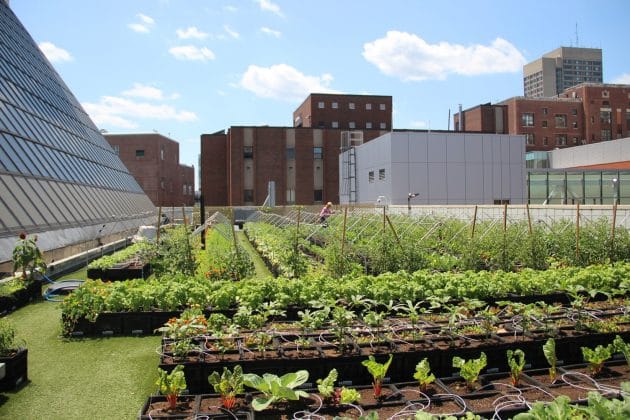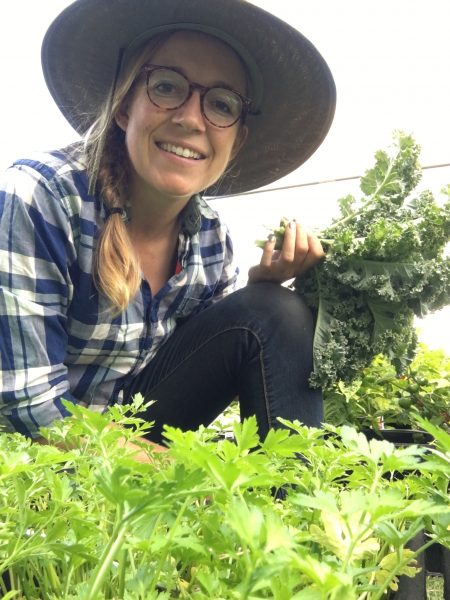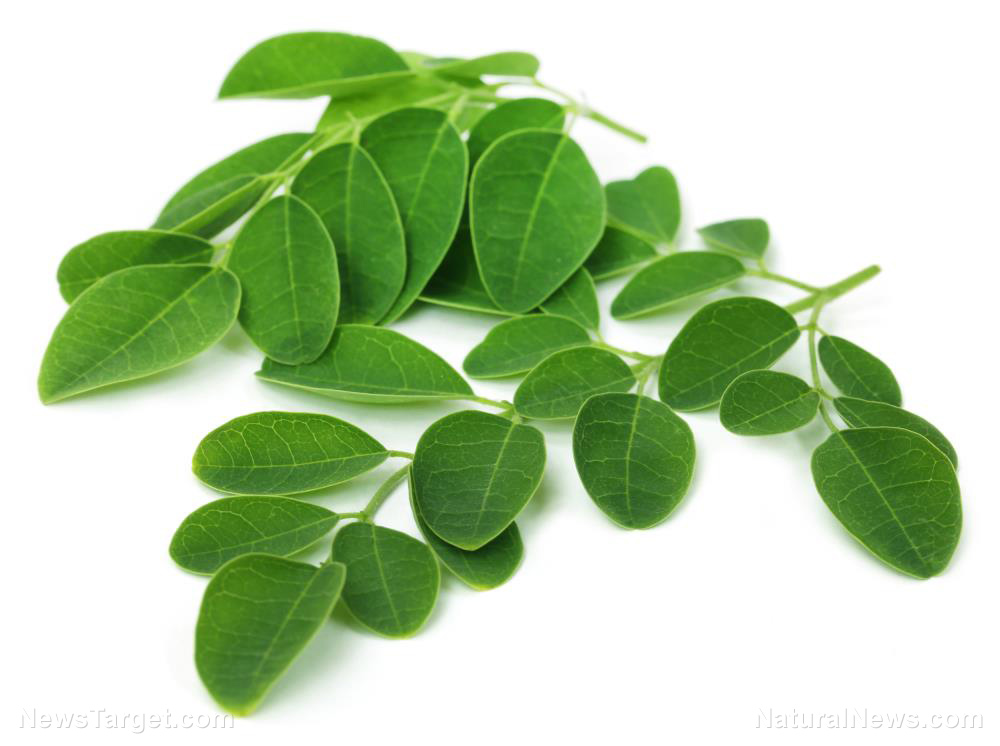Natural News - Dec 24, 2019 - Video 50 min
There’s a new weekly interview series between American diplomat and commentator Dr. Alan Keyes and Mike Adams, the Health Ranger, that you don’t want to miss!
Airing on IAMtv‘s Brighteon channel, this weekly segment of “Let’s Talk America” will discuss various current events, including the episode covered in this article, which deals with the inherent fraud of modern-day science.
Watch below as Keyes and Adams talk about how modern medicine and the science that backs it is largely a monopolistic ruse designed to keep people enslaved to the chemical offerings of multinational pharmaceutical and vaccine corporations.
The first roughly half of the interview focuses on topics like glyphosate (Roundup) and the importance of eating clean food and avoiding synthetic chemicals. They also discuss depopulation, the phony narrative of global warming and climate change, and the technocratizing of modern science.
Later on, Keyes and Adams delve into establishment’s “managing” of all the narratives, whether they involve pharmaceuticals and vaccines, politics and elections, or education, history, and various other current events.
Concerning glyphosate, Adams explains to Keyes about how his science laboratory works, and how he routinely tests consumer products for not just glyphosate but a whole slew of other deadly chemicals and heavy metals that threaten public health.
Adams also talks about federal agencies like the Food and Drug Administration (FDA) that refuse to conduct these types of tests themselves, and instead rely on Big Food corporations, as well as Big Pharma corporations, to conduct their own in-house testing.
“We have this revolving door of fraud, and the profit in it is in convincing everybody that they’re always sick, they always need synthetic chemicals, they always need more and more vaccines, there’s never a limit, and the truth is that these are not pathways to health,” Adams warns.
“Society is harmed as a whole when people are harmed by these pharmaceuticals, they lose cognitive function, they lose longevity, and society suffers both in the GDP but even spiritually, people’s quality of life is reduced by this scourge on society.”
As you probably know, the deep state is hijacking the internet and making it difficult to share the truth in our world of almost total lies
Whereas the internet used to encourage the spread of independent thought contrary to the lies being spread by the likes of Big Pharma and the FDA, as you know it’s rapidly becoming just another projection tool of the deep state where Big Tech corporations decide which “news” you’re allowed to see and hear.
On Pinterest, for instance, it is now off-limits to say anything negative about vaccines, as the platform has decided that merely questioning vaccine safety is akin to promoting drug abuse or suicide.
“The elitists who run our society, they manage your reality,” Adams explains.
“And most of what people are taught is theater for your mind. You are lied to constantly about elements of every sector of human knowledge from history, anthropology, astronomy, archaeology … coverups even in realms of health and science.”
Adams further explains to Keyes that deception is now so pervasive that many people, and especially those who are still asleep, would be shocked to learn the true depths of the dystopian reality of our modern age.
“When you realize the level of deception that’s going on, and throughout politics and the rigging of elections and the rigging of the narrative through media, you realize that the only way to discover any truth in this world is to reject those false sources and connect with what’s real,” Adams contends.




